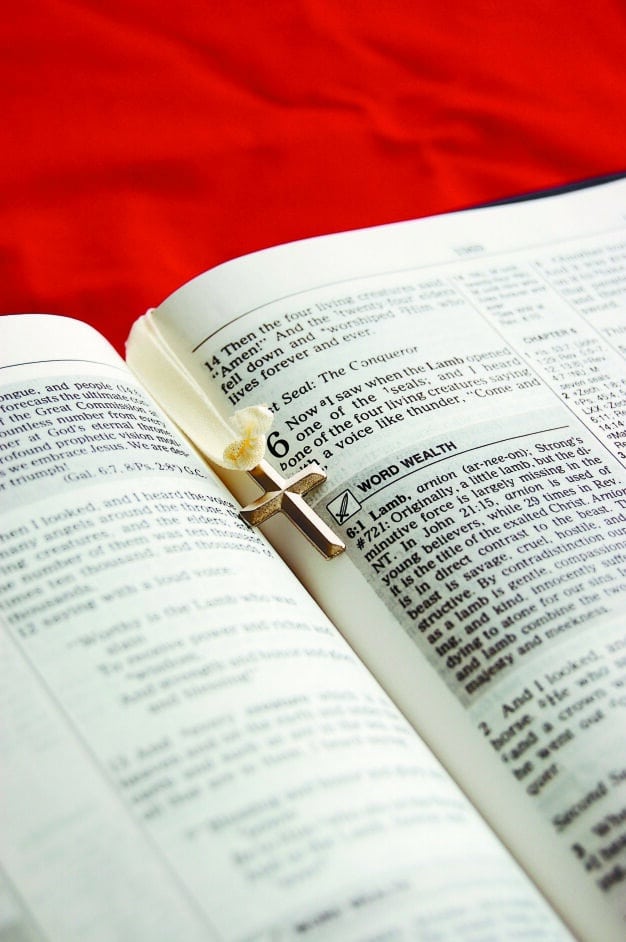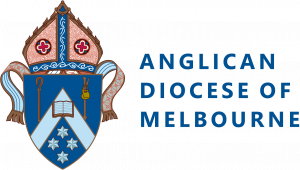
Andrew Malone
3 December 2023
Last Christmas I fell out of love with the carol The First Nowell. Having sung the familiar words all my life I was embarrassed only now to realise that the traditional opening verses portray the shepherds as faster than the wise men to spot the star in the east. Presumably the shepherds also used its unceasing light to navigate to baby Jesus in his manger.
Many Christians are as oblivious to the problem as I was. We are so accustomed to standard nativity scenes which mingle shepherds and magi and their respective sheep and camels. There’s always a manger, often a stable and other animals, usually an angel, and of course the star itself.
When we pause to prepare Sunday School lessons or Advent sermons, we remember that all these elements are drawn from two separate gospels. Some of us approach the gospel stories as detectives: we pick up a clue from this one, a line from that one, and we reconstruct a composite identikit picture. Traditional Christmas cards display the resulting synthesis.
Read more: Students’ Christmas visit rekindles outreach plans in Geelong
Fusion may be all the rage in certain restaurants. It sometimes aids our Bible reading. But piecing together separate accounts can also detract from the storytelling goal that each evangelist had as he penned his gospel. Concentrating on one gospel at a time can enhance our grasp of each message. Considering each angle on the story – separately – can enrich our appreciation for the miracle of the incarnation and its ultimate purposes.
Luke’s Gospel
Luke loves to champion underdogs. It’s his gospel that most welcomes outsiders and outcasts, that praises neighbour-loving Samaritans and foregrounds the women who contribute to Jesus’s ministry, that records the salvation of tax-collectors like Zacchaeus and heralds Jesus’s concern “to seek and to save the lost” (Luke 19:10).
So it is little surprise that it’s Luke who makes space for the shepherds. Of all the characters competing for attention, Luke chooses these unlikely contenders to be the first who hear and spread the angelic announcement that the world’s Saviour, Messiah and Lord has arrived. Despite the sanitised images we present in our reconstructions, shepherds were hardly considered upstanding members of society. They kept odd hours away from other people. Their interaction with animals could preclude them from religious activities. Some may have supplemented their meagre incomes with more clandestine revenue sources. They were generally distrusted and not permitted to testify in courts of law. Even if it is unkind to characterise them as bordering on nefarious, they were prime examples of the poor and the lowly – the kinds of people for whom the birth of the Saviour was indeed good news of great joy (Luke 2:8-15).
Who are the invisible in our communities today? Do I notice the woman clearing tables in the food court? Do I acknowledge the man sweeping the public toilets? Do I condemn the foreign accent when I dial the call centre, or curse the delivery rider on the footpath? These are among today’s shepherds. And Luke would have us visualise that it’s such as these to whom God sends the herald angels and the proclamation of God’s rescue.
Read more: This remote town feels like heaven to some, but it has a great gospel need
And it’s with these that the eternal Son of God identifies. We must resist romanticising the rest of Luke’s scene. The manger was indeed a food trough, hardly a mother’s first choice of crib (Luke 2:16-20). His dedication offering was that made by poorer parents (Luke 2:22–24; Leviticus 12). We talk about the adult Jesus being willing to “get his hands dirty” among his fellow humans. That experience started on his first night with human flesh.
Matthew’s Gospel
Some of us prefer a more regal picture of Jesus. It certainly befits his royal prerogatives. It may less offend our sensibilities. We’re reliant on Matthew’s gospel for this angle.
When Matthew views the “raw footage” available to him, he selects and edits the scenes that remind us of Jesus as king. He ultimately presents events either side of Christmas rather than Christmas itself. The birth of Jesus is dispensed with in a single verse and almost as incidental to the wider story of the rise of King Jesus.
Rather than an annunciation to Mary, Matthew records an angelic alert to Joseph. This lets Matthew recall a similar announcement of pending rescue made to an earlier king of Judah (Isaiah 7). And before this alert, in a move valued by some cultures and opaque to others, Matthew devotes seventeen verses to a bespoke genealogy (Matthew 1:1-17). Matthew underscores key events in Israel’s history: the calling of Abraham, the rise of King David, the shameful punishment of the Babylonian exile, and the birth of Jesus the Messiah. God had long planned that Abraham be the forebear of many nations and kings (Genesis 17:1-16). God had raised up David to lead the people, and had exiled them for their disobedience. And it’s within this socio-political environment that Matthew paints Jesus’s arrival.
So it is as God’s ideal king that we read about Jesus and the post-Christmas events of Matthew 2:1-12. The magi follow the star as a royal portent. They ask King Herod where they might find King Jesus. They locate Jesus (now a “child” in a house, close to two years of age) and present him with royal gifts and obeisance.
Read more: As we spend time with loved ones this Christmas, many Palestinians are separated from theirs
Royal-watchers may resonate with this presentation of Jesus. Those with less regard for such politics – or for God’s plans to work through the Israelites and their Davidic monarchs – may find it difficult to warm to Matthew’s account. Every book of the Bible is a cross-cultural experience for twenty-first-century Western readers, and we may need to work harder to identify and respond to Matthew’s portrait of Jesus as a Jewish king.
Our gospel?
Some families debate which are their favourite characters in a nativity scene. It might be just a way to pass conversation, or it might alter how we choose our Christmas cards or arrange our own nativity scenes at home or at church.
I wonder what advantages might come if we were to choose only half the scene each year. What questions might it spark if we presented only shepherds? With whom might we better connect if we proclaimed only magi? In a world overloaded with so many competing voices, perhaps Christians could take a leaf from the Evangelists’ books and focus on only one angle at a time. Which might you choose, and why?
Dr Andrew Malone teaches in biblical studies at Ridley College
For more faith news, follow The Melbourne Anglican on Facebook, Instagram, or subscribe to our weekly emails.






